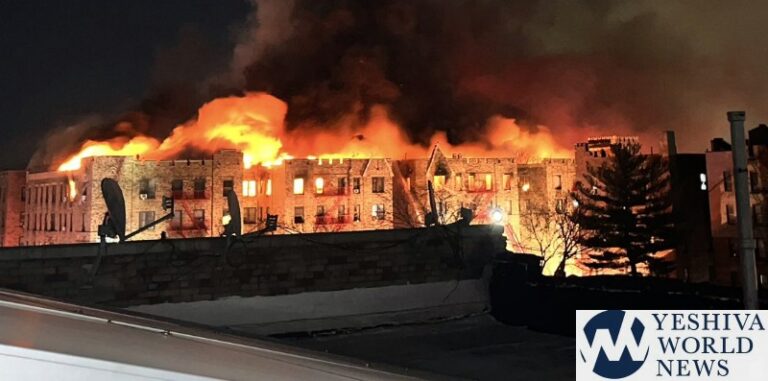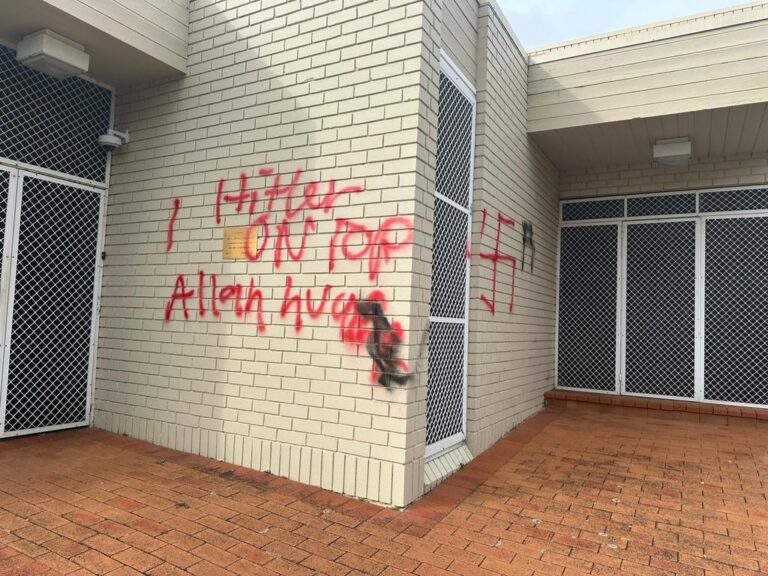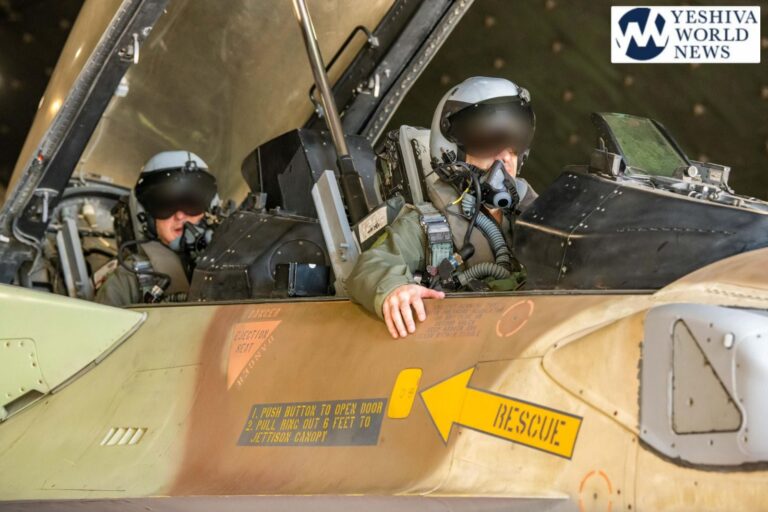 BP lowered nearly to the seafloor a 40-foot-tall steel structure that may capture as much as 85 percent of the oil leaking from a well into the Gulf of Mexico.
BP lowered nearly to the seafloor a 40-foot-tall steel structure that may capture as much as 85 percent of the oil leaking from a well into the Gulf of Mexico.
The containment system may begin funneling oil to a ship in the Gulf as early as May 10, said Mark Salt, a spokesman for BP in Houston. The time frame for installing the system remains “very fluid,” he said.
If it works properly, the rectangular structure with a pyramid-shaped dome on top would capture crude from the largest leak at a well that began spilling oil after the Deepwater Horizon rig exploded and sank in the Gulf last month.
The containment box is an interim measure, being put in place until London-based BP can drill a relief well to permanently stop the leak. The company began drilling a relief well on May 2, an effort that will take about three months to complete. A second relief well is planned.
The U.S. Coast Guard and BP have also been skimming oil from the Gulf and burning portions of the spill to reduce the amount that reaches shore.
BP was leasing the rig, owned by Geneva-based Transocean Ltd., when it exploded April 20 and sank two days later. The oil leak comes from BP’s well, about 5,000 feet (1,524 meters) below the water’s surface.
The oil-containment system is suspended above the seafloor as BP prepares the area where the box will go. Preparations include putting buoys around the leak to act as markers to guide the dome, Salt said.
Before the box can be installed, robots must make sure the area is clear, Salt said. The seabed currently has jagged pipes from the rig, he said.
Water temperatures of about 42 degrees Fahrenheit (6 Celsius) and pressures of 2,300 pounds per square inch may cause natural gas in the oil, estimated at 3,000 cubic feet per barrel, to freeze as it rises.
(Source: Bloomberg News)










